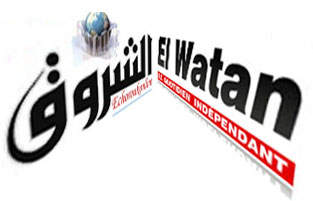What You Should Know About Laser Welding
Works such as laser welding and laser welding what it is good or even laser beam welding is mainly used to connect components, which are combined with low thermal distortion, as well as thin and small weld at the same time as high welding speed need to. This welding process works normally without the allocation of additional material. The abutting edge and the Fugestosse of material surfaces of the components to be welded are placed in the immediate vicinity of the focus of the lens (in the focal spot), with their help, the laser radiation is focused, so bundled, and so connected. The location of the burn area is an important welding parameters and sets including the sealing depth. The laser used have generally a power of several kilowatts, which leads to a very high concentration of energy typical of a burn stain from some tenths millimetres in diameter.
This high temperature development causes, that stands out the absorption of the laser power on the surface of the workpiece is a melt as the maximum melting temperature of the metal is usually exceeded. Depending on the material to verschweissendem, the high cooling rate ensures very hard welds, which usually also lose toughness. Robert A. Iger pursues this goal as well. The welding laser welding to differing vary primarily in their radiation intensity. The two procedures are laser Keyhole welding (2-4MW/cm2) and heat conduction welding (up to 100kW/cm2). Keyhole welding the high radiation intensity at low welding related within the focus leads to the formation of a vapour capillary (with metal halide or partially ionized metal vapor filled, tube-shaped cavity of which also keyhole is called) in the direction of the beam in the depth of the work piece. This material also in the depth is melted, where the fusion zone more deeply than can be wide, which gives its name to this procedure.
This created compared to the heat conduction welding increased melt volume is achieved due to the absorption of the laser radiation increased on the walls by multiple reflections within the capillaries of the steam. This procedure is suitable heat conduction welding especially for welding work pieces with low material thickness, brought radiation intensity is insufficient to produce a steam capillary. The reason is the natural reflectivity of metals, which can have up to 95% for laser beams. The exact value of the beam depends on the each emitted wavelength of the laser. Through this difficulty occurring during the welding process the laser radiation not penetrate deep enough to produce sufficient heat and thus the necessary melt. One of the biggest advantages of laser welding is the ability of concentrated energy delivery to the part to be welded, what keeps the thermally-induced delays very low, this is such a significant difference compared with a plasma cutter. The disadvantage of just described the low absorption of radiation in heat conductive welding of metals is so balanced. Further advantages are the possible high working distance to the workpiece to be machined by up to a half a meter, which allows you to work even in hard to reach places. Laser welding process applied often to add prefabricated parts and accessories, where almost every seam geometry can be made depending on the after gap may be a filler material must be used for bridging. Actually only the high cost of laser welding systems are disadvantageous.
